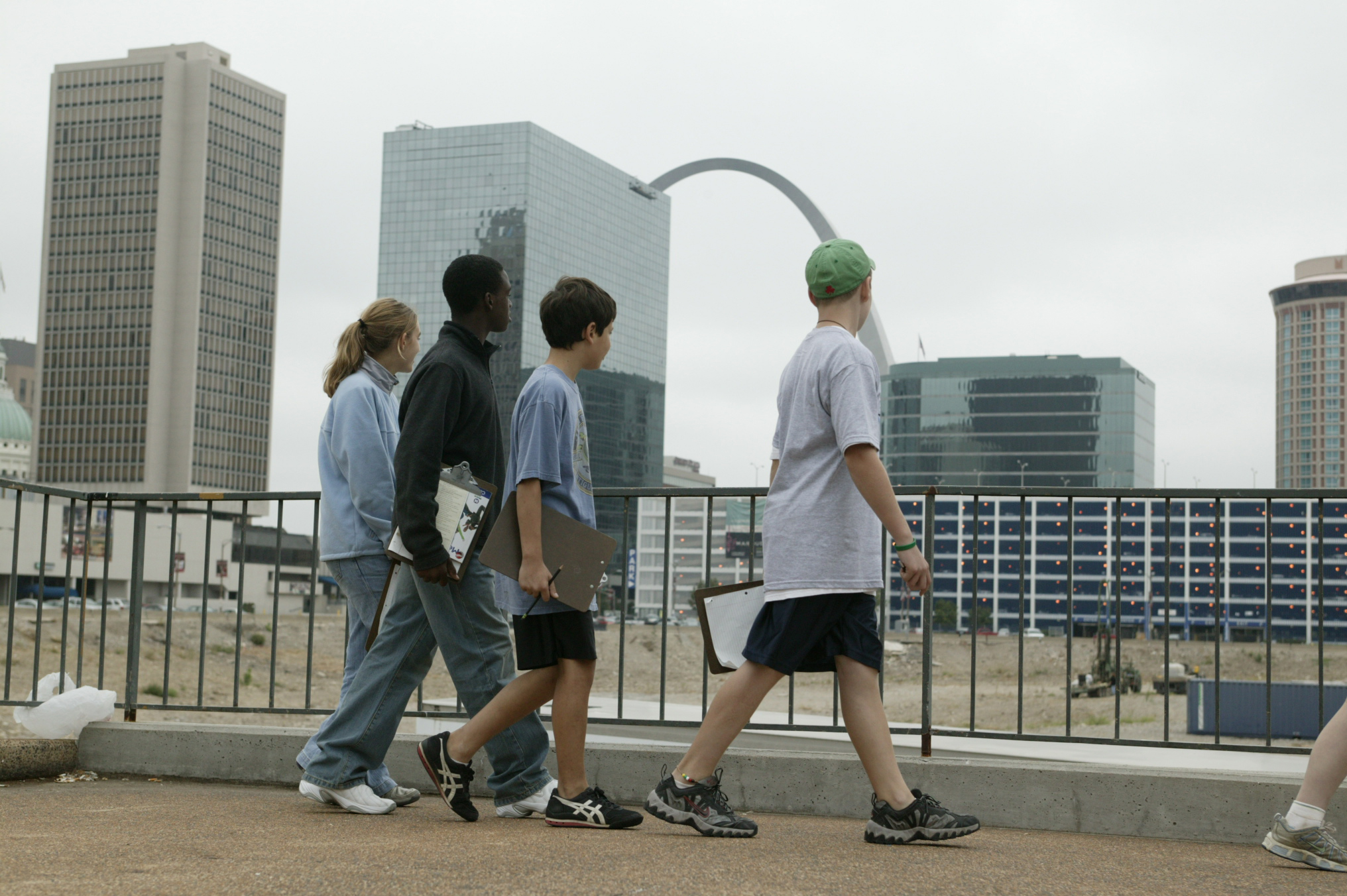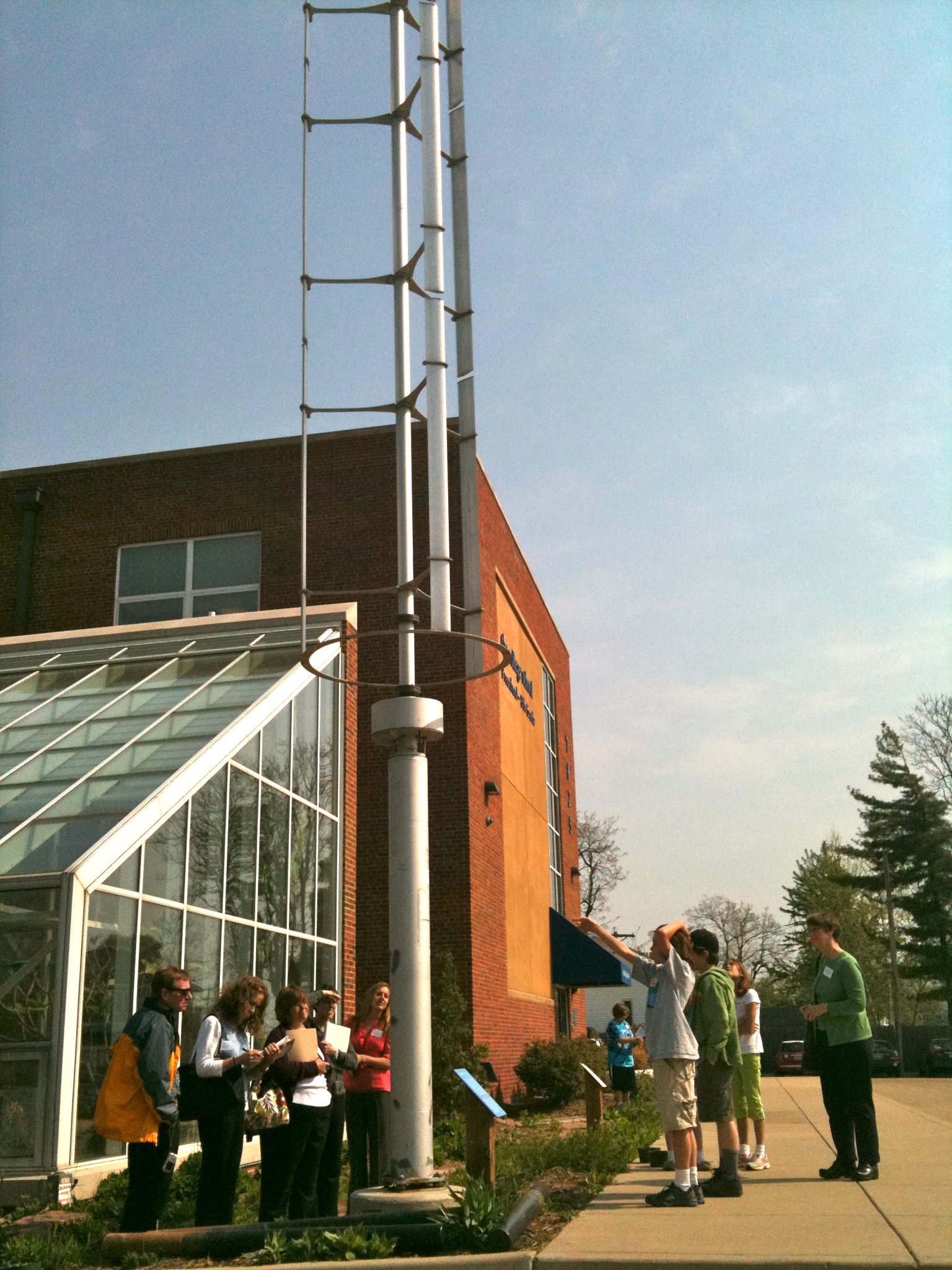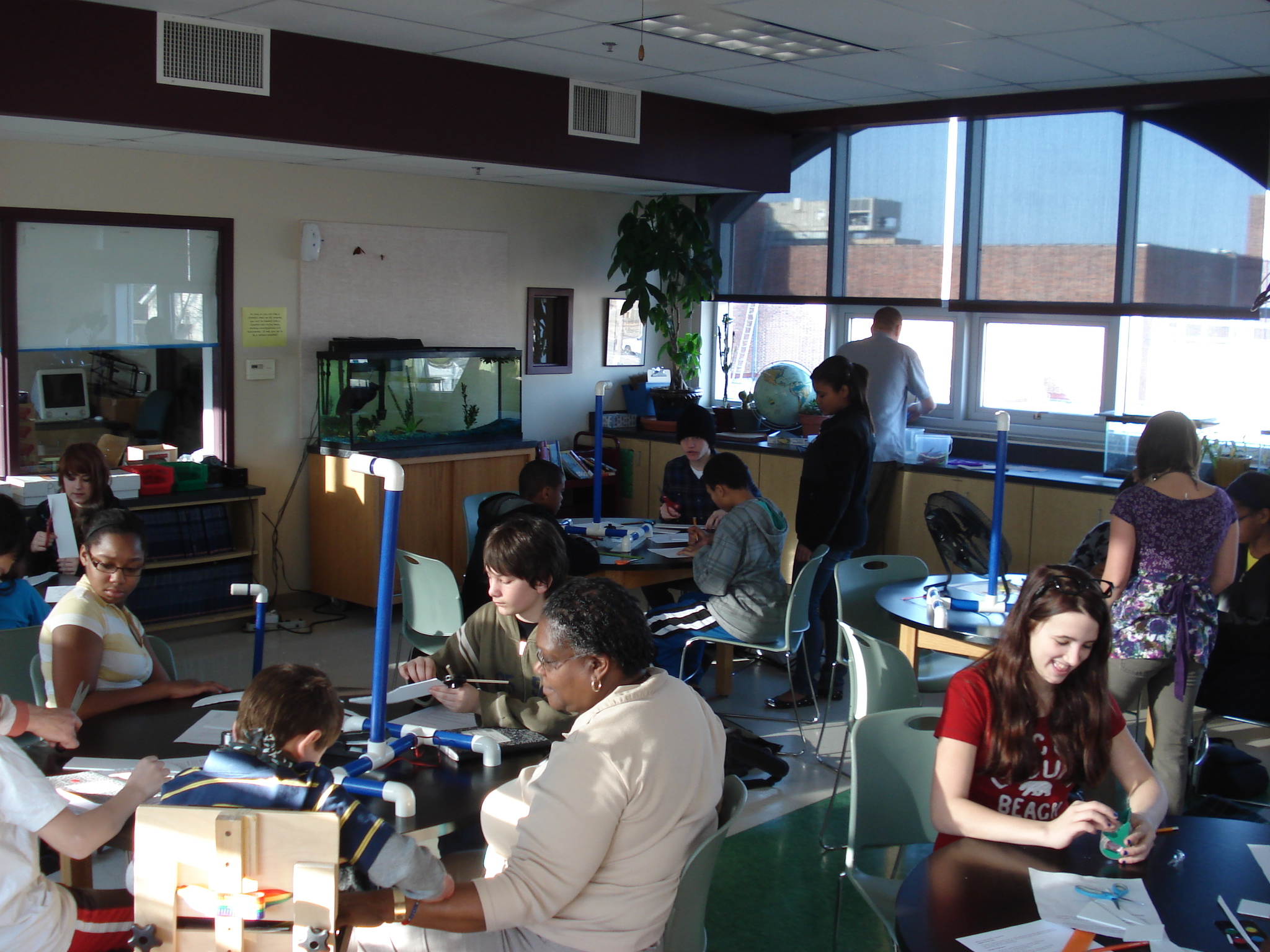 Another myth that we aim to bust at our Myth Busters Seminar on April 19th and 20th in St. Louis is this one:
Another myth that we aim to bust at our Myth Busters Seminar on April 19th and 20th in St. Louis is this one:
Teachers deliver curriculum and students receive it. If this sounds like handing off information, filling empty vessels, and the industrial model of school as a factory, it is.
I’ve been reading Howard Gardner’s essay in The Wonder of Learning catalogue from Reggio Emilia. He writes, the idea that knowledge is transmitted from older, bigger, smarter people is a default assumption all over the world; it’s a naïve, folk theory of the world. He adds that this theory makes schools more easily controlled, even if ineffective.
Gardner writes that the constructivist theory of learning, even now, as it is confirmed by brain research, is still radical. If this is true, we suspect that most of you who are attending our conference or reading this blog, are radicals!
Among the many resources and researchers on this subject, I found Sugata Mitra's talk on Child Driven Education on TED thought provoking. He sees the learning process as a self organizing system with emergent properties. He uses the language of systems thinking, the sciences and social sciences to describe how we learn. Also, if you have not yet watched Sir Ted Robinson's talk, Bring on the Learning Revolution, please do. Creativity expert Sir Ken Robinson challenges the way we're educating our children. He champions a radical rethink of our school systems, to cultivate creativity and acknowledge multiple types of intelligence.
Gardner predicts that this naive folk theory of learning is on its way out and will soon become old fashioned and anachronistic. If you want to join in the learning with schools where this old view is long gone, come visit us.
If you come to The College School or Maplewood Richmond Heights School District, you will see teachers and students working together to share their learning, explore new territory and new ideas and become fervent learners along the way. If you come to the conference in April, you will join in this kind of learning with us and it will be fun! Registration is still open. For information and to register, email ashley@cadwellcollaborative.com.







